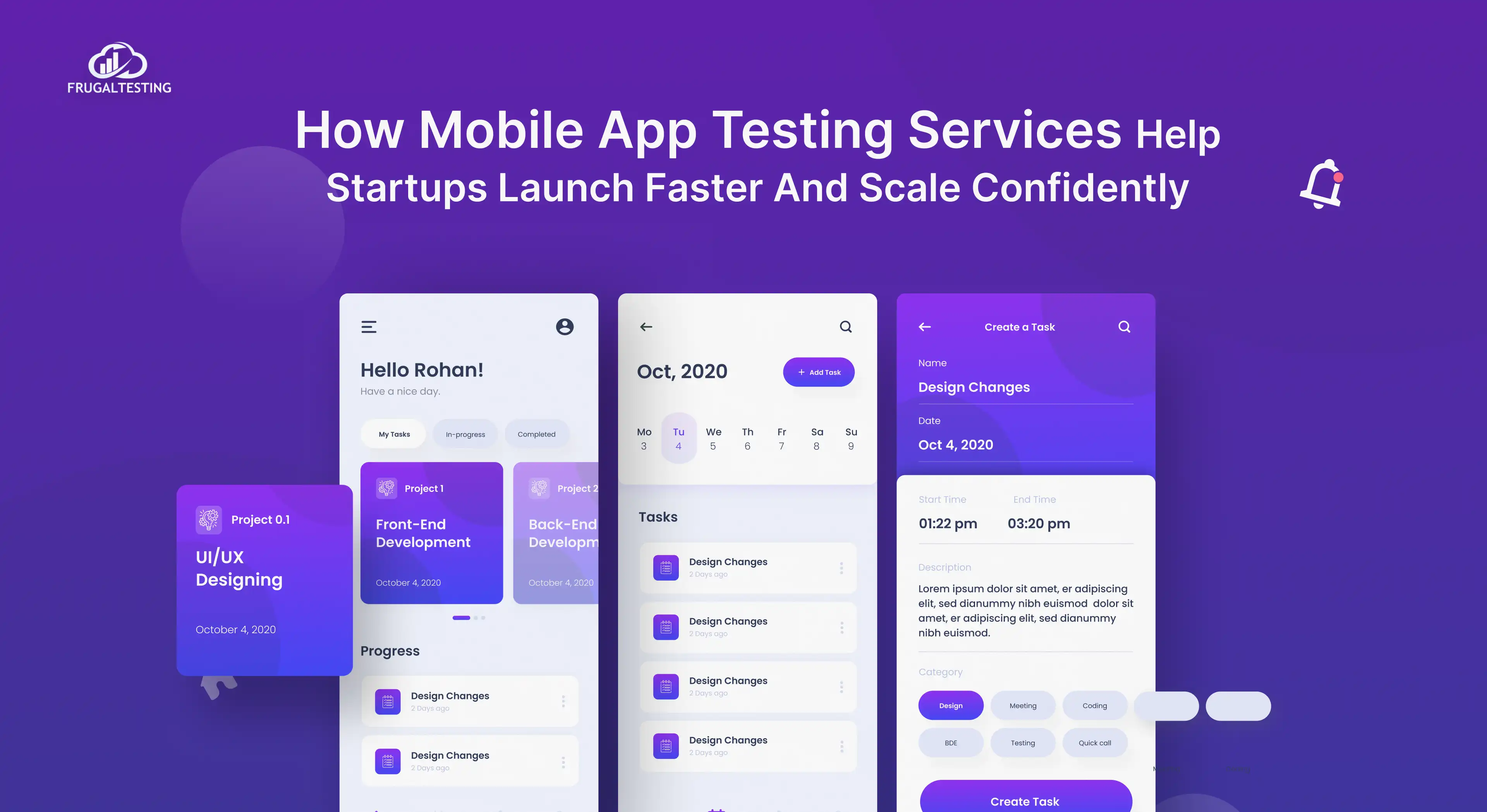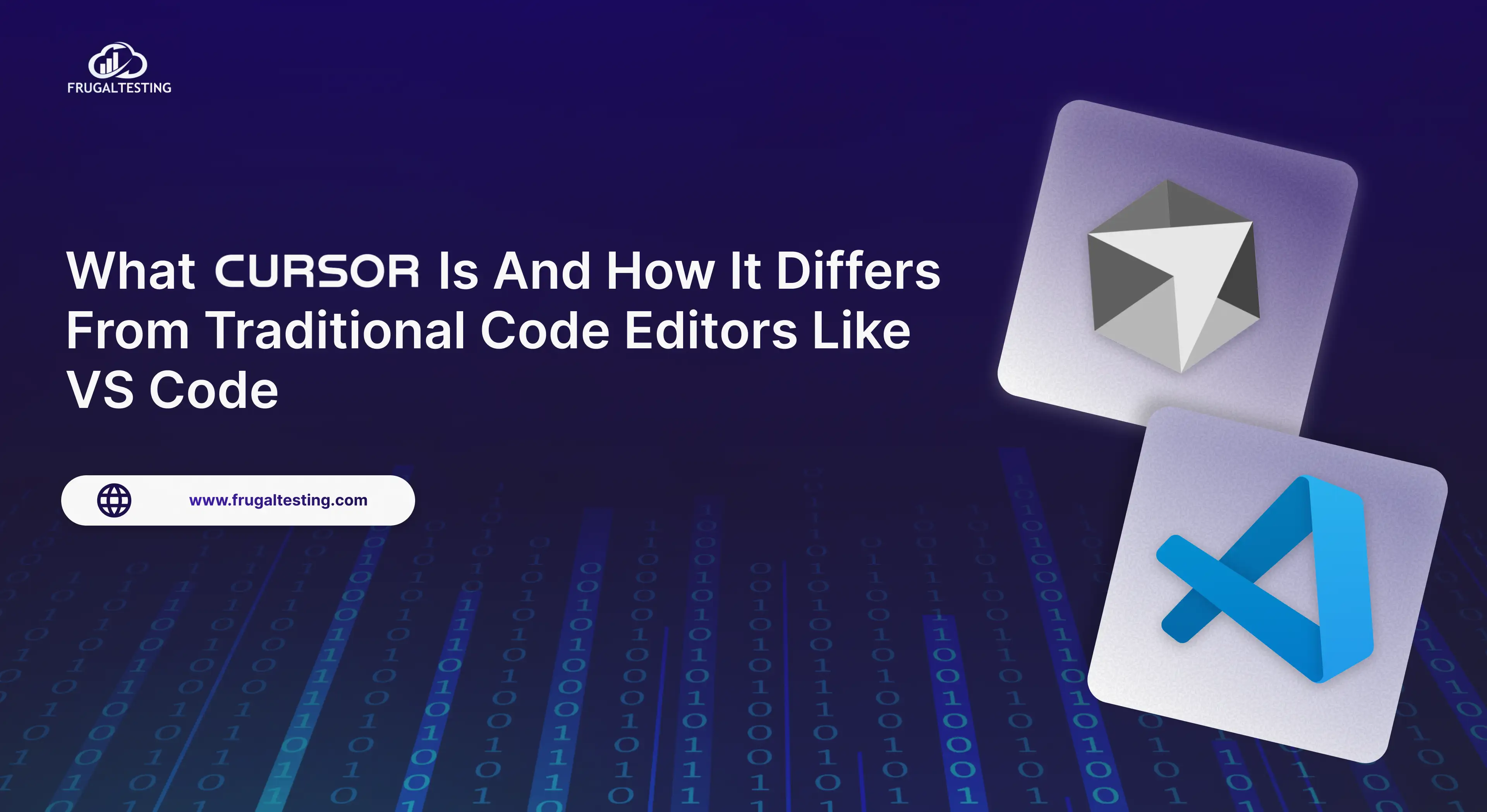Imagine this: a record-breaking e-sports final, a surprise album drop from a global superstar, or a historic rocket launch. Millions of people worldwide rush to their devices, all clicking "play" at the same instant. This digital stampede, known as a peak load event, is the ultimate trial by fire for a live streaming platform. For the viewer, it's a moment of excitement. For the platform's engineers, it's a high-stakes battle against latency, buffering, and catastrophic failure.
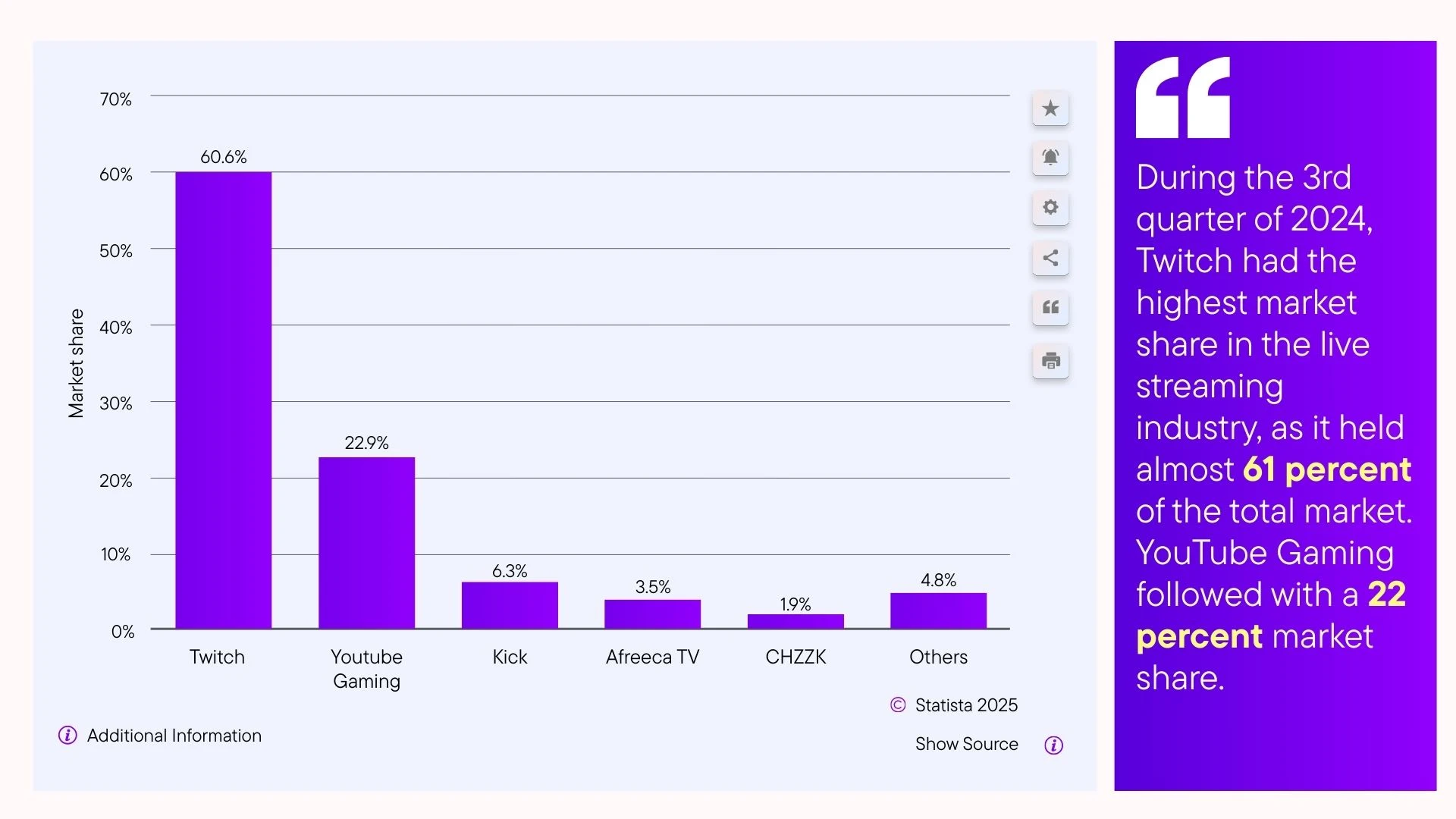
Live streaming platforms, enterprises, content creation teams, social media influencer agencies, and global brands consistently seek the most reliable service for video content delivery. Whether it’s an international product launch, a virtual town hall for thousands of employees, a marquee esports tournament like Overwatch 2 finals, or a high-visibility influencer event on Instagram Reels or YouTube shorts, the stakes are high. Decisions hinge on metrics such as peak viewership, hours watched, error rate, low-latency streaming, and the security of your connection.
We’ll examine architectures, auto-scaling strategies, CDN designs, failure-recovery plans, text mining driven analytics, predictive AI models, and real-world case studies - plus tips to optimize your presence for search engine discovery and social media trends.
🎥 Key Takeaways
📌 Understand the core trade-off: Twitch's real-time interaction versus YouTube's massive scale.
📌 Explore how their different architectures (AWS vs. Google's private network) drive performance.
📌 Learn about the key technologies, like auto-scaling and CDNs, that prevent crashes during peak traffic.
📌 Discover how stream quality is measured using metrics like latency and buffering.
📌 Analyze how to choose the right platform based on your goals: community engagement or broadcast stability.
What Is Live Streaming?
At its core, live streaming is the real-time distribution of audio and video content over the internet - fueling everything from esports to Just Chatting community streams. Unlike traditional broadcast, it relies on internet protocols to capture, encode, segment, and deliver content with imperceptible delay. Key components include:
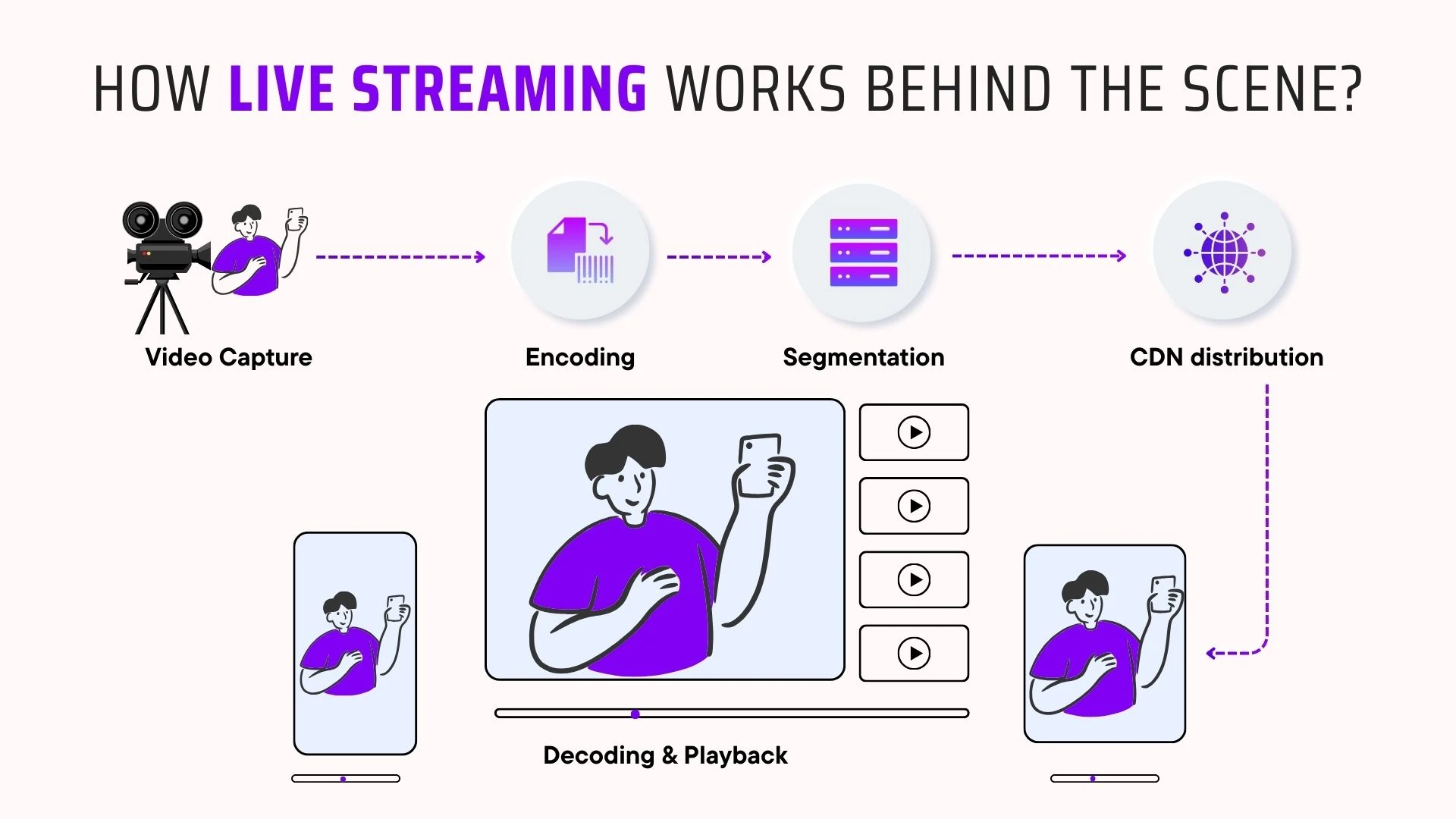
Here's a brief summary of the four key stages of a live stream:
- Video Capture🎥:
The process begins with a camera capturing the live video feed. - Encoding🔁:
The captured video is converted into a compressed digital format suitable for streaming. - Segmentation🧩:
The single encoded stream is broken down into smaller video chunks or segments. - CDN Distribution🗂️:
These segments are distributed across a global Content Delivery Network (CDN) to ensure fast and reliable delivery to viewers everywhere. - Decoding & Playback💻:
Finally, the viewer's device (like a computer or smartphone) receives and decodes the video segments, playing them back as a continuous stream.
For any business building a video product, understanding this pipeline is critical. Each stage represents a potential point of failure and a crucial area for performance testing.
Understanding Peak Load in Live Streaming
“Peak load” represents the moment of maximum stress on streaming infrastructure often coinciding with high-profile Special Events, major product announcements, or eagerly anticipated esports finales. System designers contend with several challenges:
A true peak load event is characterized by:
- Sudden Traffic Surges 📈
A single tweet from a social media influencer or a Trending Topics hashtag can trigger exponential viewership increases in minutes. - Global Footprint 🌏
Delivering a consistent, low-latency streaming experience from New York to New Delhi demands an optimized global CDN strategy and efficient routing protocols. - Adaptive Bitrate Multiplication 💻
Each active viewer typically consumes 3–6 simultaneous ABR streams. A platform serving 5 million viewers may handle 15 million+ parallel segment requests per second. - Stateful Real-Time Features ⌛
Features like live chat (e.g., Just Chatting), polling, Q&A, and dynamic overlays require WebSockets, database writes, and pub/sub messaging, further stressing backend services. - Data Analytics & Reporting 📊
Platforms ingest terabytes of telemetry player metrics, segment performance, chat throughput which must be processed in real time for SRE dashboards and text mining driven video analysis tools like Stream Hatchet and ResearchGate GmbH.
To quantify performance under this strain, we focus on key Quality of Experience (QoE) metrics:
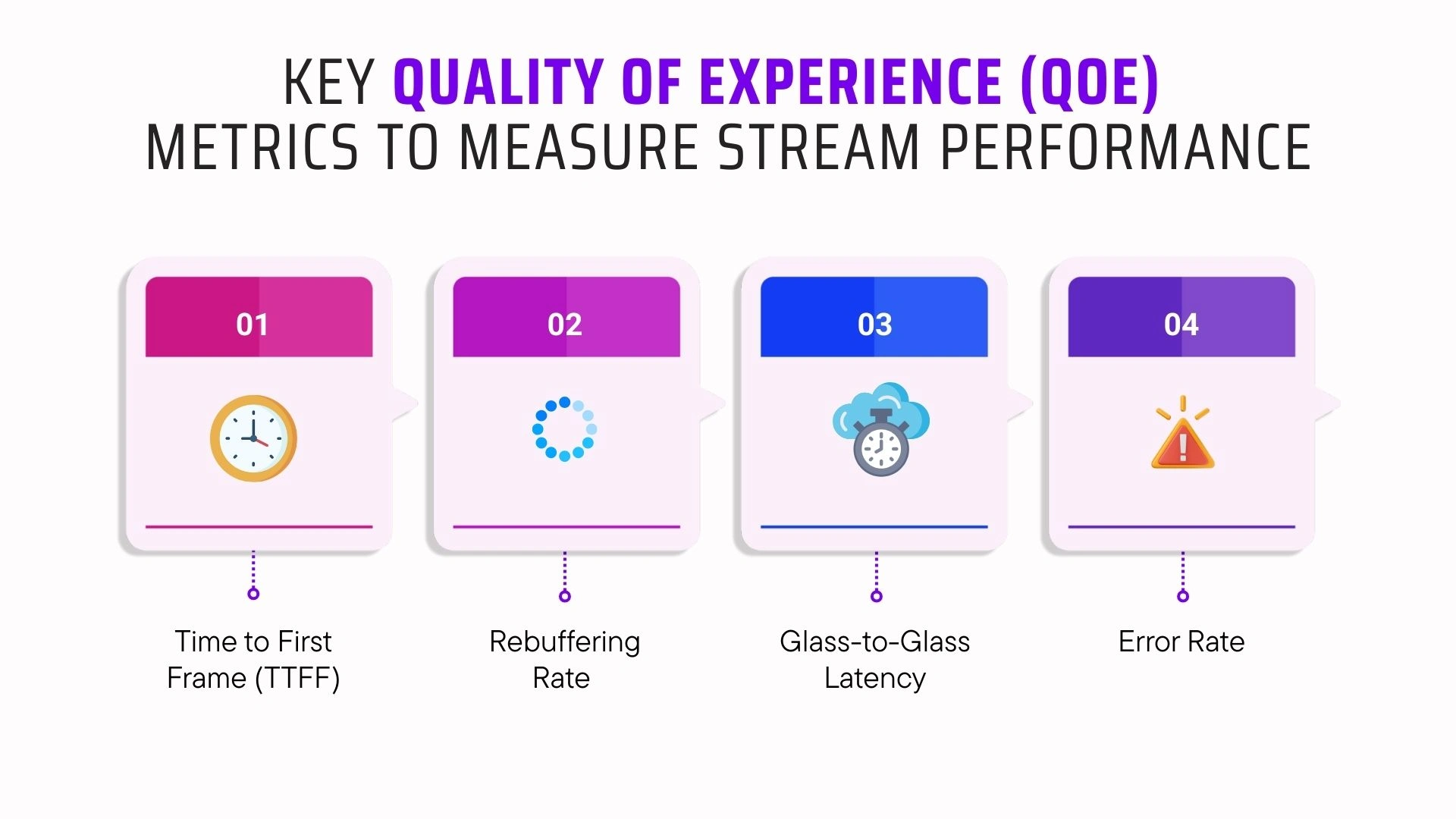
Failing to manage peak load effectively means failing your users at the most critical moment. This directly impacts brand reputation, user churn, and, ultimately, revenue.
Twitch vs. YouTube Live: Which Streaming Platform Performs Better?
This is the central question, but the answer is nuanced. The "better" platform depends entirely on the metric you prioritize. Both are engineering marvels, but they are optimized for different goals. This could be summarized in the following table below:
Twitch vs. YouTube: Key Differences at a Glance
The verdict? It's a classic engineering trade-off. Twitch excels at low-latency, highly interactive events. YouTube excels at massively scaled, stable, one-to-many broadcasts.
Twitch’s developer ecosystem empowers content creators and professional gaming teams around First-Person Shooter titles like GTA V, Overwatch 2, and World of Warcraft. Conversely, YouTube Live dovetails seamlessly with existing YouTube videos and YouTube channel infrastructures, boosting hours watched via Google’s recommendation algorithms and offering direct monetization through YouTube Gaming sponsorships and Google Ads.
What is the Architecture Behind Twitch and YouTube Livestream?
The architectural choices made by each company reveal their core priorities.
1. Twitch

: Purpose-Built on a Public Cloud Giant
Since its acquisition by Amazon, Twitch has become deeply integrated with Amazon Web Services (AWS). Its architecture is a prime example of how to build a world-class service on a public cloud.
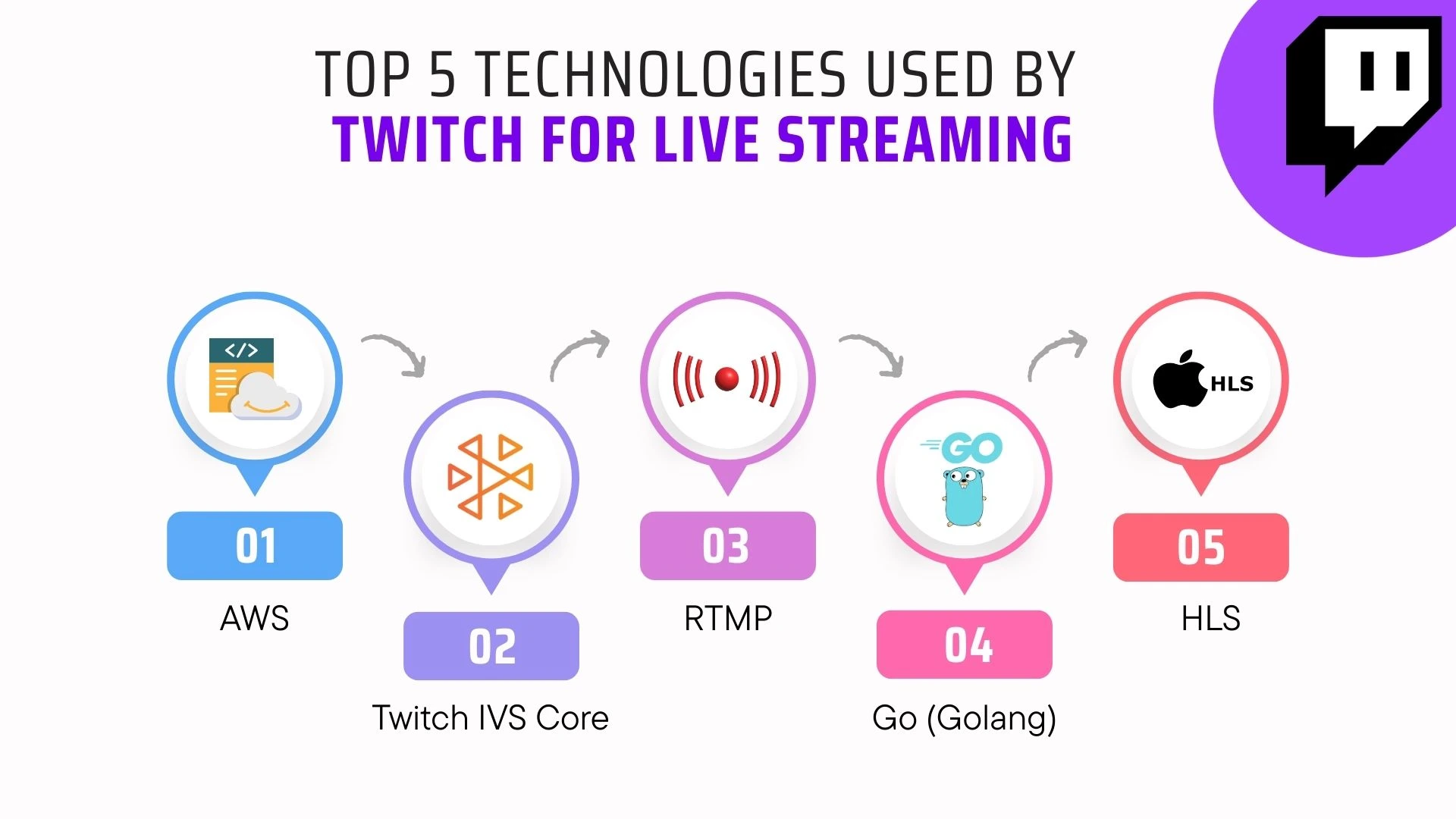
2. YouTube

: The Power of a Private Global Infrastructure
YouTube's advantage is one that is nearly impossible for any other company to replicate: it's built on Google's own private infrastructure.
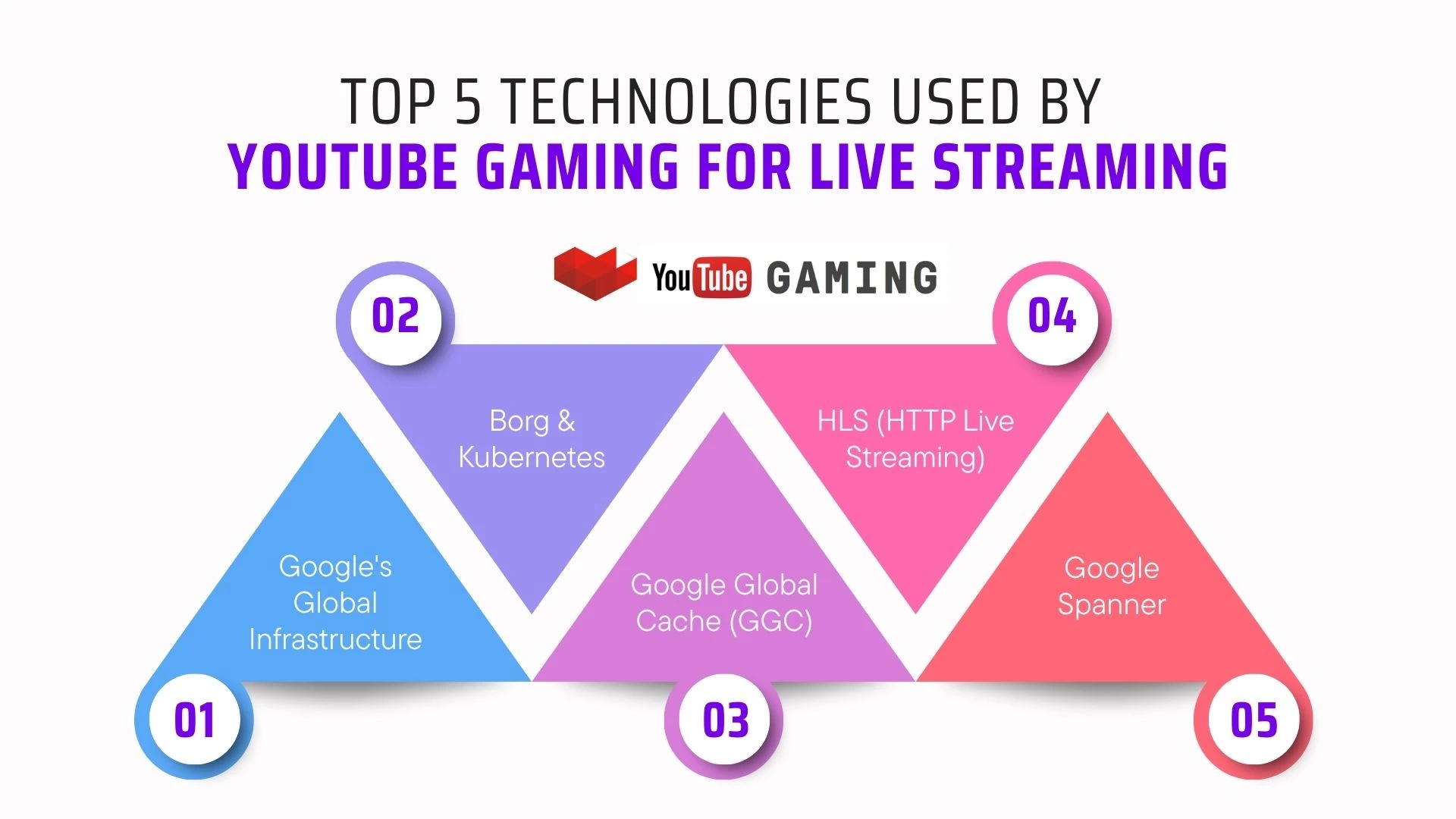
The B2B takeaway is a comparison of two valid strategies: leveraging the immense power and flexibility of a public cloud (Twitch/AWS) versus the unparalleled performance gains of a vertically integrated, private infrastructure (YouTube/Google).
Auto‑Scaling Strategies: How Each Platform Responds in Seconds
When a stream suddenly goes viral, the platform has seconds to react. This is where automated auto-scaling becomes critical.
Twitch: Reactive and Predictive Scaling on AWS
Twitch likely employs a sophisticated mix of scaling strategies on AWS.
- Reactive Scaling: This is the most common form. Using AWS services like CloudWatch to monitor metrics (CPU utilization, network out, request count), Twitch can set up Auto Scaling Groups. When a metric crosses a predefined threshold, the group automatically launches new EC2 instances to handle the increased load. When the load subsides, it terminates the instances to save costs.
- Predictive Scaling: For scheduled events like a tournament final, Twitch can use predictive scaling. By analyzing historical data, it can forecast the expected load and pre-warm the necessary infrastructure before the event starts, ensuring a smooth experience from the very first second.
Here’s a simplified pseudo-code example of what a reactive scaling policy might look like in an AWS configuration file:
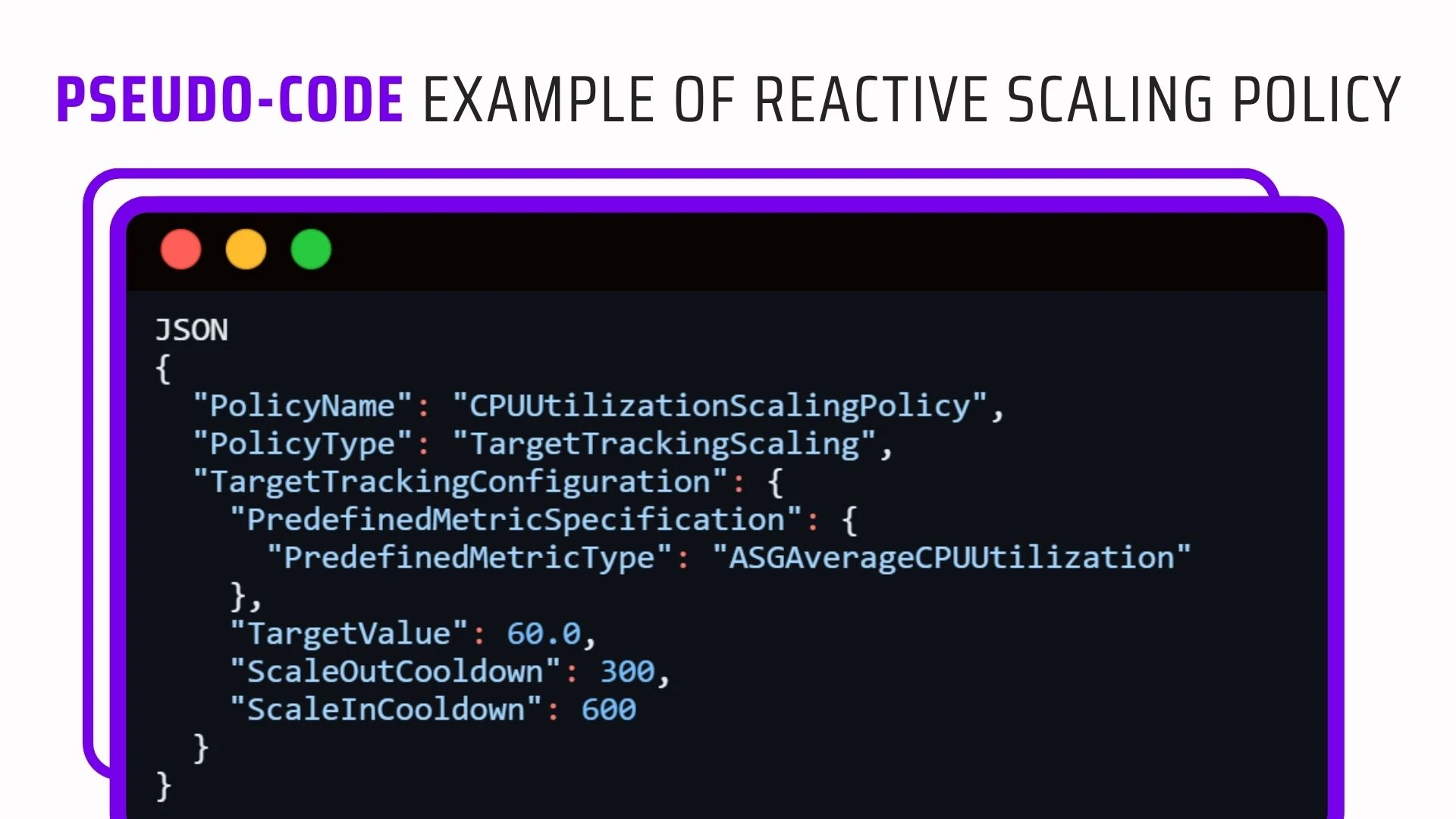
This policy tells the system to automatically add more instances if the average CPU utilization across the fleet exceeds 60%.
YouTube: Fine-Grained, Container-Based Scaling with Borg
YouTube's scaling is managed by Borg, Google's internal cluster manager. Borg manages resources at the container level across hundreds of thousands of machines.
- Resource Pooling: Instead of dedicating machines to specific tasks, Borg sees Google's entire data center as one giant pool of CPU, RAM, and storage. When a YouTube stream needs more transcoding power, Borg finds available resources anywhere in the pool and allocates them in milliseconds.
- Rapid Deployment: Because applications are containerized, a new instance of a transcoding service can be started incredibly quickly, much faster than provisioning a full virtual machine. This allows for near-instantaneous scaling in response to demand spikes.
For businesses, the lesson is clear: an effective scaling strategy is paramount. Testing this strategy with simulated load spikes is the only way to be confident that it will work when a real event occurs.
Load Balancing and Edge Caching Techniques Used by YouTube and Twitch
Distributing traffic effectively is just as important as having enough server capacity.
- Twitch: Leverages the robust Elastic Load Balancing (ELB) suite from AWS. This likely includes Network Load Balancers (NLBs) for handling high-throughput TCP traffic from ingest clients and Application Load Balancers (ALBs) for managing HTTP requests for chat, APIs, and the website itself.
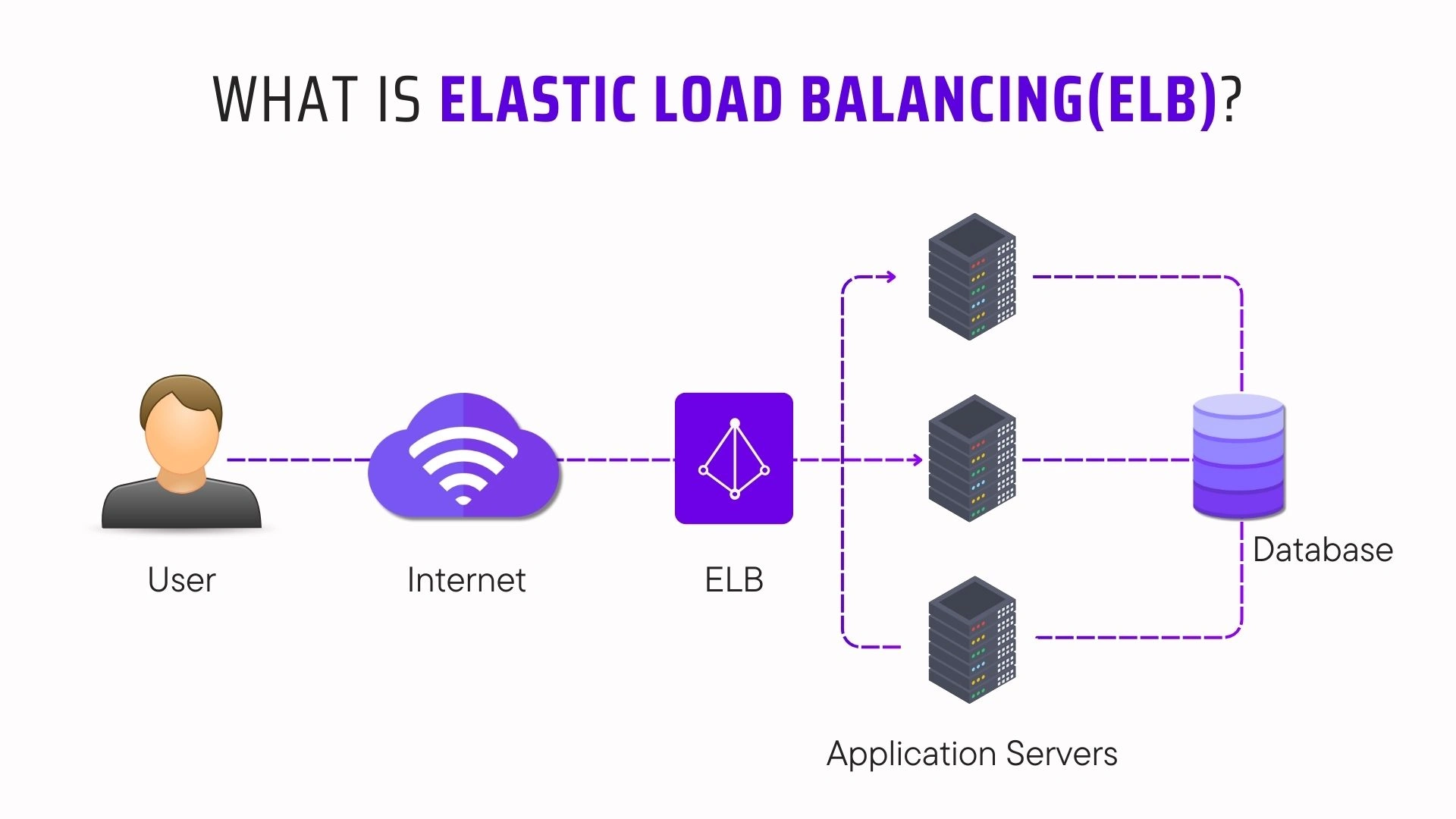
- YouTube: Uses Google Cloud Load Balancing, a global, software-defined system. A key feature is its "anycast" IP address. A user's request is automatically routed to the healthiest backend with available capacity, even if it's in a different geographic region. This provides an incredible layer of resilience.
2. Edge Caching (CDN)
This is where the difference is most stark.
- Twitch: Uses a strong, traditional CDN approach with Amazon CloudFront and its own PoPs. This places content close to users in major internet hubs.
- YouTube: Uses the Google Global Cache (GGC), which, as mentioned, places cache servers deep inside ISP networks. This is a game-changing advantage. It not only reduces latency for the viewer but also saves the ISP money on transit costs, creating a powerful symbiotic relationship. For a viewer, this means fewer hops over the public internet and a more stable, direct path to the content.
Failure Recovery on YouTube vs. Twitch: Redundancy, Failover, and Disaster Planning
At the scale of Twitch and YouTube, failures aren't a possibility; they are a certainty. The key is how gracefully the system recovers.
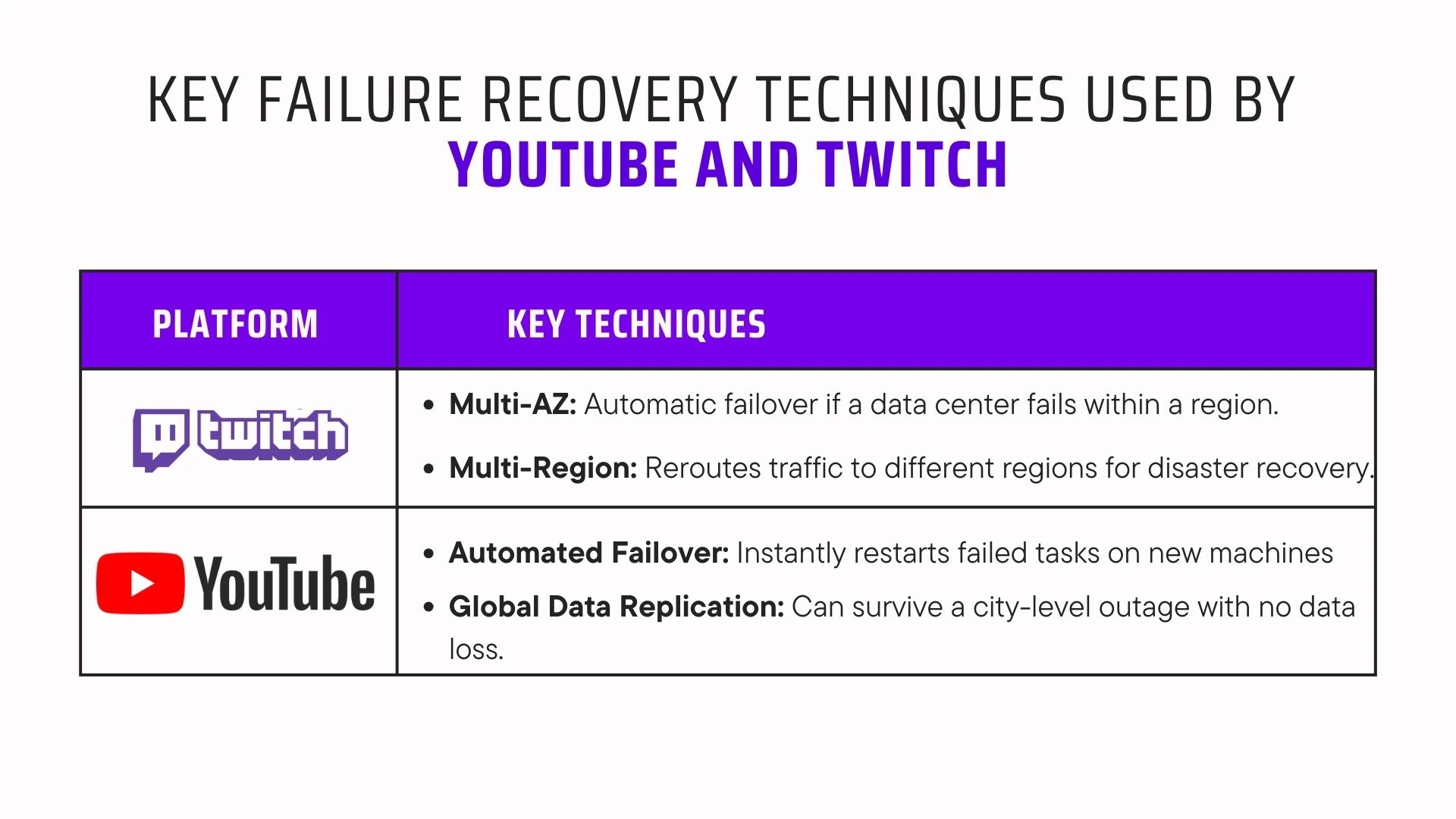
For your business, this underscores the need for rigorous failure testing. A quality assurance partner can help you simulate these scenarios - from a single server crash to a full data center outage - to validate that your failover mechanisms work as designed with the help of load testing tools.
Monitoring, Analytics & AI‑Driven Traffic Prediction: YouTube Live vs. Twitch Live
Anticipating demand and ensuring a seamless viewer experience requires more than just fast servers - it demands intelligent monitoring and foresight. In the battle between YouTube Live and Twitch Live, both platforms leverage advanced monitoring tools and AI to stay ahead of traffic surges. Here’s how they stack up when it comes to analytics and predictive performance.
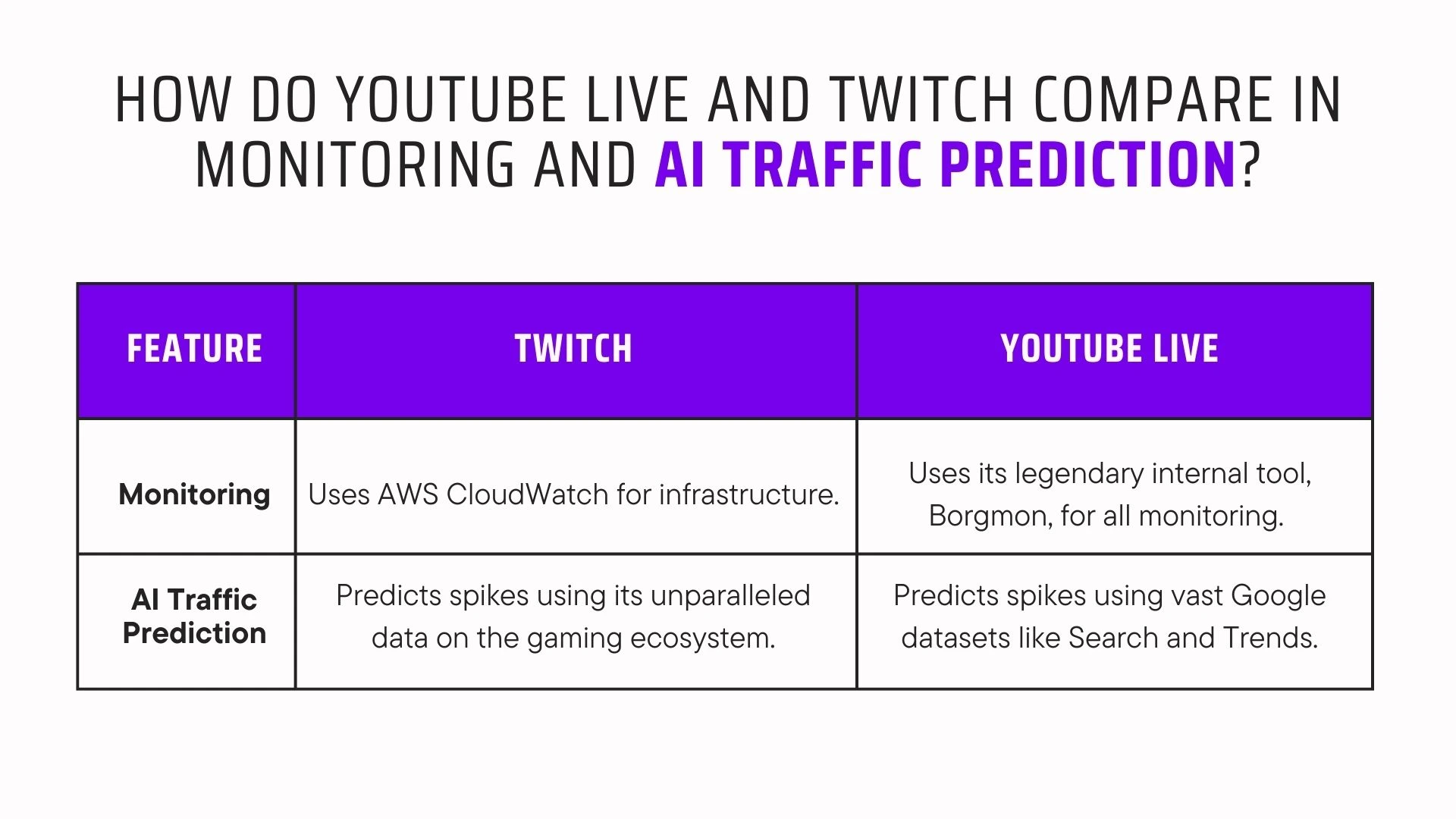
For B2B companies, AI-powered performance modeling is the next frontier. It allows you to move from reactive to predictive resource management, optimizing both performance and cost.
Real‑World Traffic Spikes: Case Studies on Twitch and YouTube
Theory is one thing; real-world performance is another.
Case Study 1: TheGrefg on Twitch (January 2021)
- The Event: Spanish streamer David "TheGrefg" Cánovas Martínez revealed his custom Fortnite skin.
- The Peak: The stream shattered all previous records, peaking at over 2.4 million concurrent viewers on a single channel.
- The Analysis: This was the ultimate test of Twitch's interaction-focused architecture. The challenge wasn't just video delivery; it was the chat, which was moving at an impossible speed. The load on the chat servers and the APIs for interactive features was immense. While there were reports of some users experiencing lag or difficulty connecting, the core video stream held up for the vast majority. This demonstrated Twitch's ability to handle an unprecedented, community-focused load spike concentrated on a single point of interaction.
Case Study 2: BTS "Butter" Premiere on YouTube (May 2021)
- The Event: K-Pop superstars BTS premiered the music video for their song "Butter."
- The Peak: The YouTube Premiere event peaked at 3.7 million concurrent viewers.
- The Analysis: This was a different kind of peak. The audience was globally distributed, from Seoul to São Paulo. The primary challenge was reliable, high-quality delivery to a massive, geographically diverse audience on a wide array of devices and network conditions. YouTube's GGC infrastructure was critical. By serving the video from deep within local ISP networks worldwide, YouTube ensured a stable, high-bitrate experience for millions simultaneously. The event was a testament to YouTube's strength in massive, one-to-many global broadcasts.
How to Choose Software Testing Companies for Live Stream Load‑Testing?
The complexity detailed above makes one thing clear: you cannot leave your live stream's performance to chance. For businesses planning to host a major product launch, a shareholder meeting, or a ticketed virtual event on these platforms (or their own), professional load testing is not optional - it's essential.
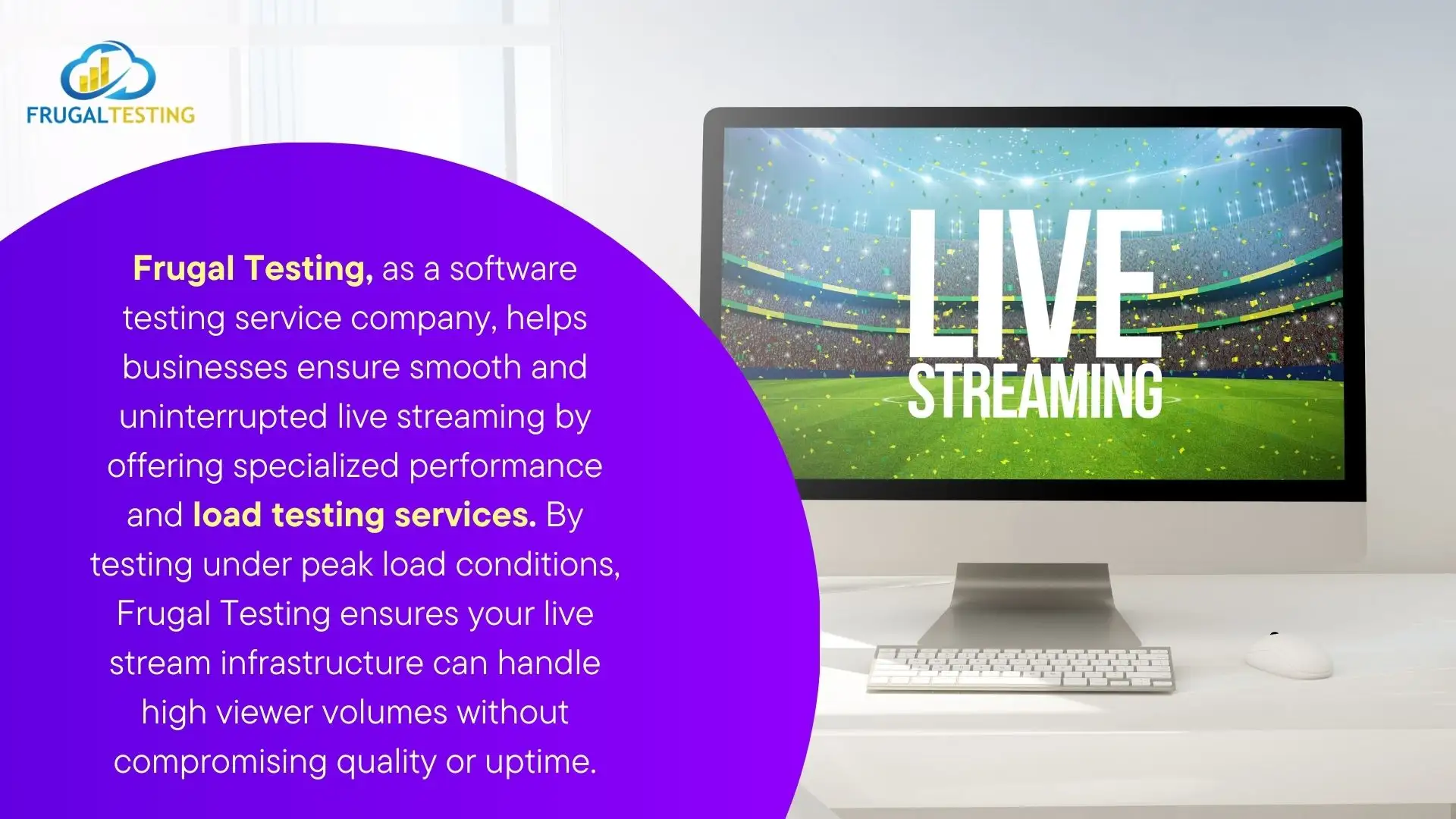
Standard web load testing tools are insufficient. They can't accurately simulate the complex behavior of thousands of video clients. A true live stream load test requires a specialized partner that understands the entire video pipeline.
When choosing a software testing company, look for:
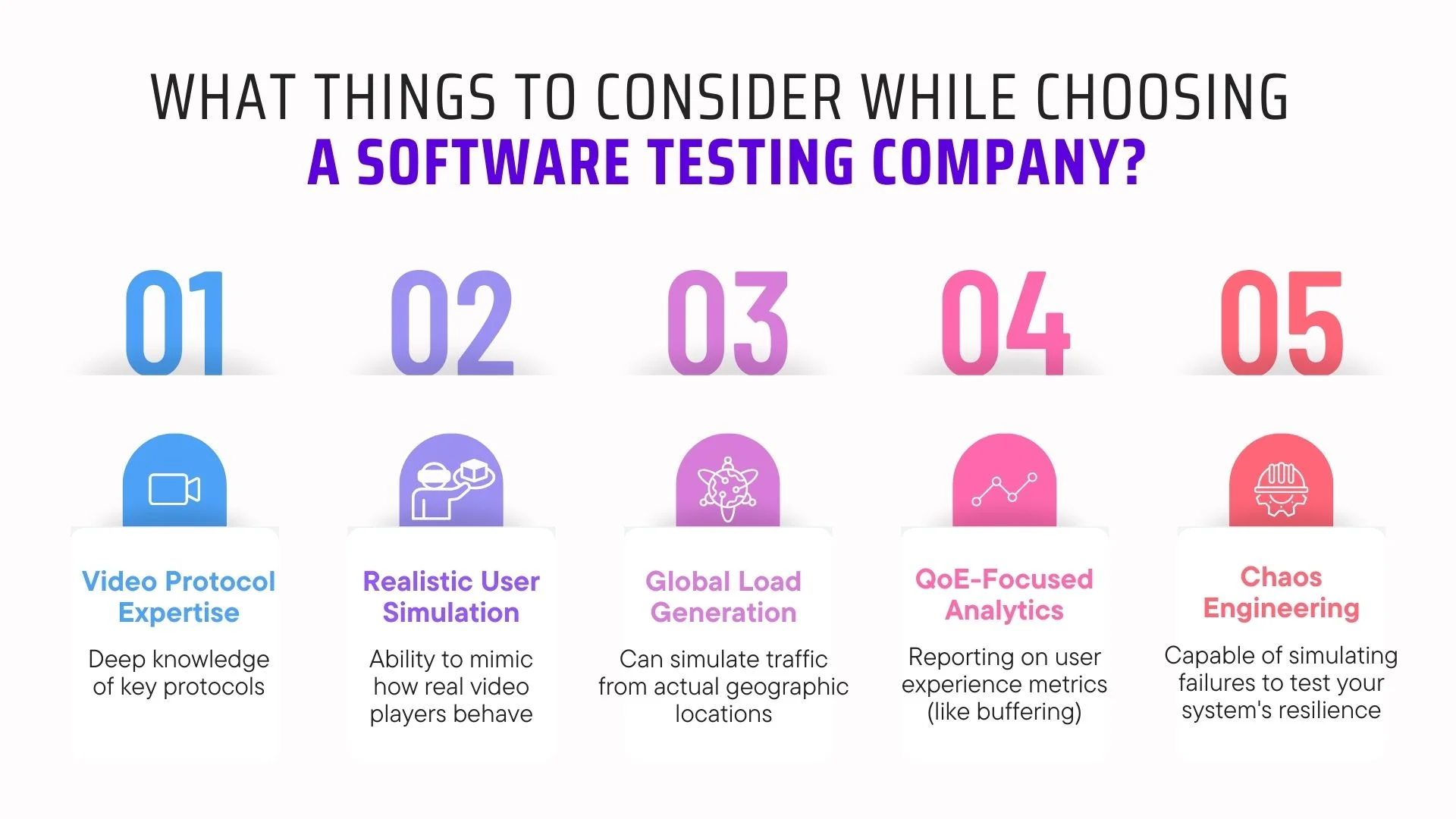
Load Testing Companies like Frugal Testing specialize in this domain, providing the tools and expertise to ensure your most critical live events are a resounding success.
Future Trends in Peak‑Load Management for YouTube Live and Twitch
The battle for streaming supremacy is far from over. New technologies are constantly emerging that will redefine the performance landscape.
- Ultra-Low Latency with WebRTC: Both platforms are experimenting with WebRTC (Web Real-Time Communication), a protocol that can achieve sub-second latency. This is fantastic for interaction but presents enormous scaling challenges compared to the segment-based delivery of HLS/DASH.
- AI-Powered Encoding: The future isn't just about delivering bits faster; it's about delivering fewer bits. Per-title or per-scene encoding uses AI to analyze the video content itself and optimize compression settings, reducing bandwidth usage without impacting perceived quality.
- 5G and Edge Compute: 5G will enable higher-quality streaming on mobile devices, increasing the load on CDNs. Edge Compute will push processing power even closer to the user than CDN caches, enabling highly interactive, low-latency applications that are impossible today.
- The Metaverse: Persistent, 3D virtual worlds will represent a load challenge an order of magnitude greater than anything we see today, requiring a complete rethink of streaming architecture.
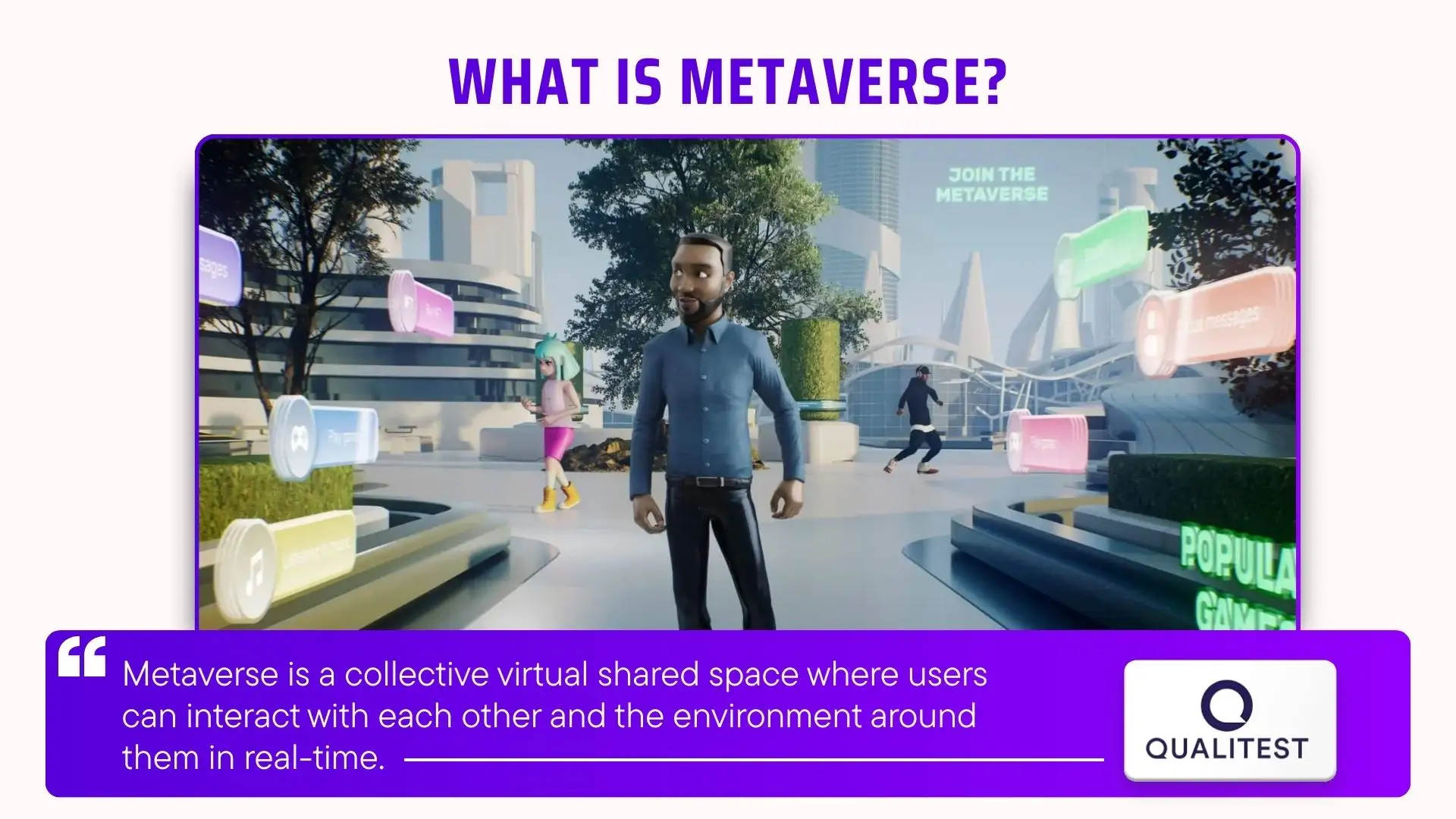
Businesses that begin to understand and test for these future trends will be positioned to lead the next generation of digital experiences.
Conclusion: Key Takeaways on Who Handles Peak Load Better - YouTube or Twitch
So, who handles peak load better among live streaming platforms? The answer is not a simple one. Both are masters of their craft, but their craft is different.
🏆 Twitch is the undisputed champion of low-latency, high-interaction streaming for professional players and content creators. Its architecture is meticulously optimized for adaptive bitrate and social connectivity in gaming, where real-time engagement and peak viewership matter most.
🏆 YouTube is the uncontested king of massive global scale and bulletproof reliability. By leveraging Google's private, planet-spanning infrastructure, it can deliver stable, high-quality broadcasts to the largest and most geographically diverse peak viewers. It prioritizes reach and resilience.
For enterprises, the key takeaway is not to pick a winner, but to learn from the principles they both embody:
- Build on a robust and scalable architecture.
- Implement intelligent, automated scaling.
- Leverage global load balancing and deep edge caching.
- Monitor everything especially video performance and end-user QoE.
- And most importantly, relentlessly test your system against peak load and failure scenarios.
Whether your goal is to build a tight-knit interactive community like Twitch or broadcast a global moment like YouTube, these are the pillars of success in the demanding world of live streaming platforms.
FAQs
👉 How to do a test live stream on YouTube?
In YouTube Studio, create a new stream and set its visibility to "Private" or "Unlisted." Use the provided stream key in your broadcasting software (like OBS) to start the test privately.
👉 What protocol is used for live streaming?
Typically, RTMP is used for sending a stream to a platform (ingest). The platform then uses protocols like HLS or DASH to deliver the stream to viewers.
👉 What does RTSP stand for?
RTSP stands for Real-Time Streaming Protocol, an older standard for controlling streaming media. It is now mostly used in specific systems like IP security cameras.
👉 Does live streaming use TCP or UDP?
It uses both. Reliable delivery protocols like HLS run on TCP, while many newer, low-latency protocols prefer UDP for its speed.
👉 What does HLS mean in streaming?
HLS stands for HTTP Live Streaming, a protocol that breaks video into small chunks. This allows the player to adapt the video quality based on the viewer's network to prevent buffering.



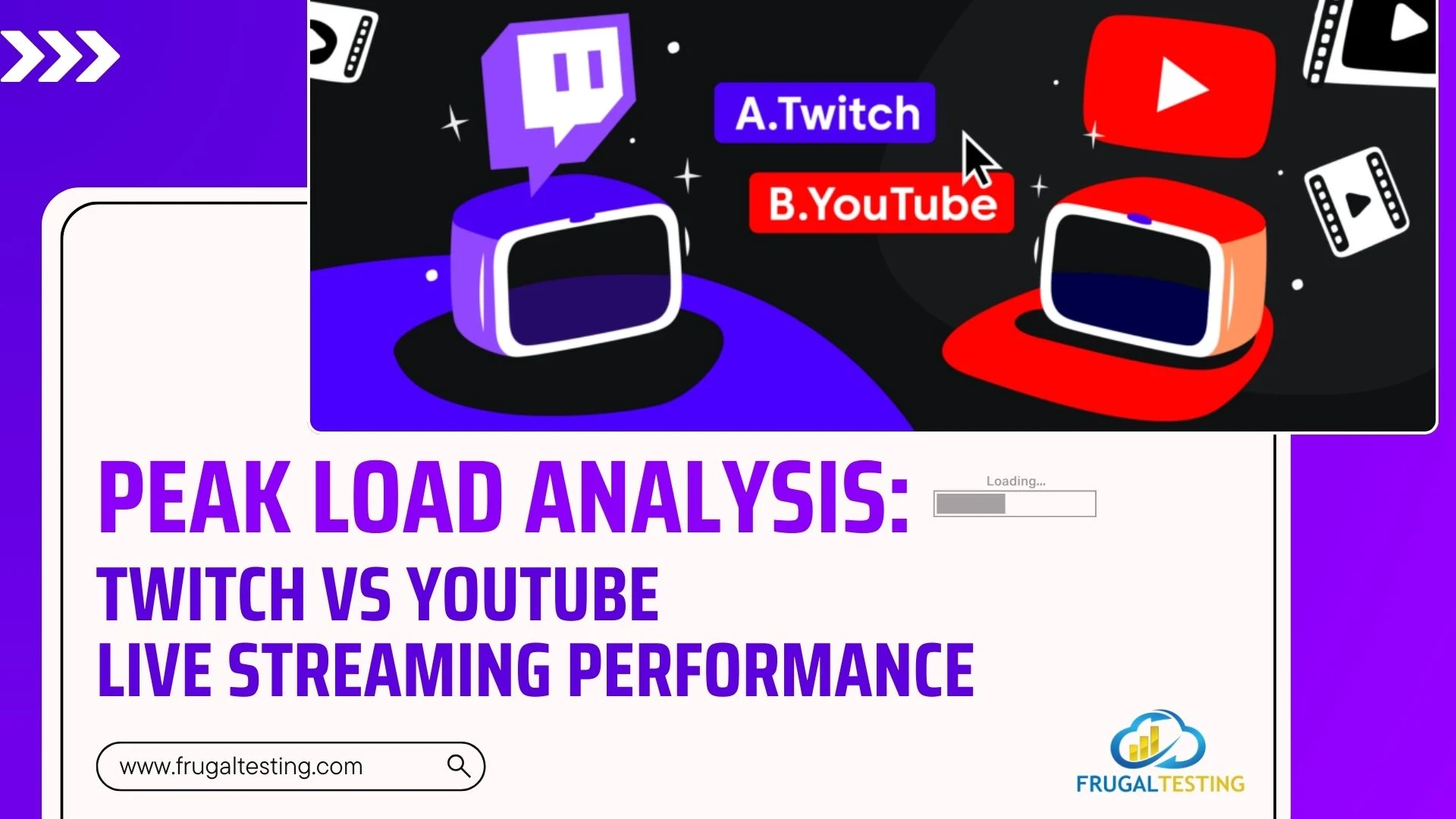
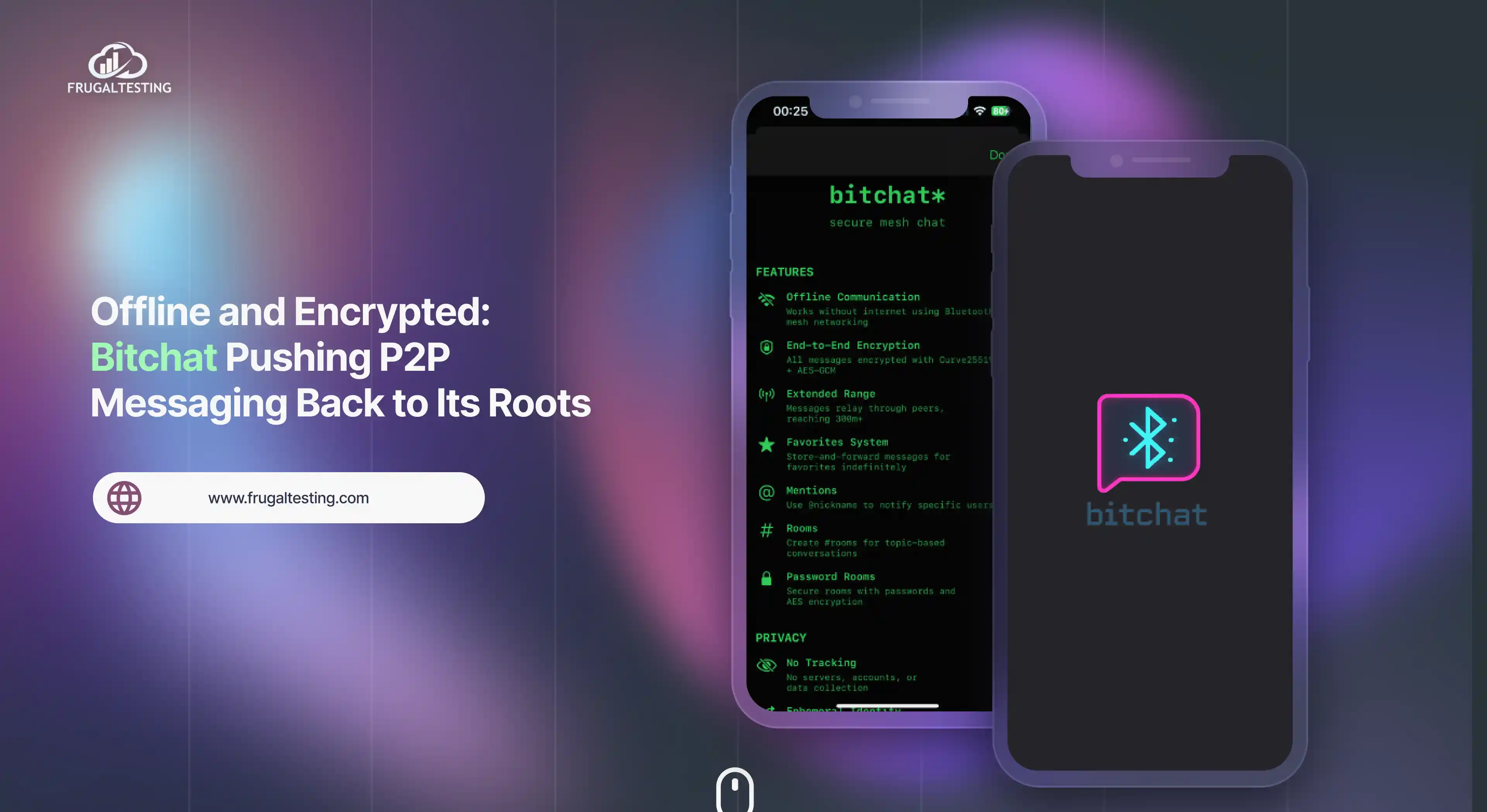
%201.webp)
